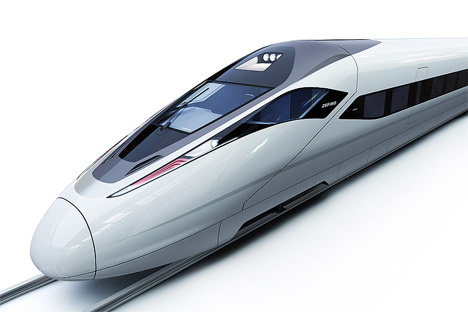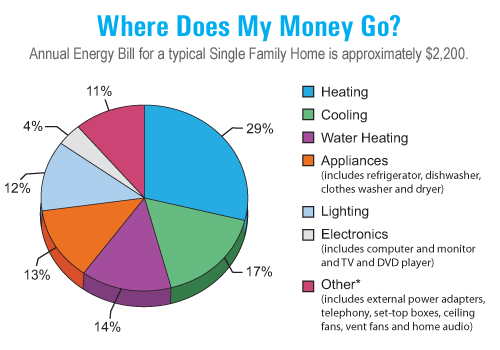Further to our recent post on the state of Green in telecom companies , the Economist heats up the dialog reporting in this week's print edition on the challenges and opportunities in making mobile networks Green, particularly in developing countries where the classic reliance on the local electrical grid to power base stations is not wise.
![]() The report, How Green is Your Network? discusses the specific strategies used by Vodafone, the giant global mobile operator and 50% shareholder in VerizonWireless here in the USA. Couple of interesting factoids too:
The report, How Green is Your Network? discusses the specific strategies used by Vodafone, the giant global mobile operator and 50% shareholder in VerizonWireless here in the USA. Couple of interesting factoids too:
- Telecoms networks and devices account for 1% of global greenhouse gas emissions
- Vodafone estimates that the network accounts for 80% of their carbon footprint, and 75% of that is about powering the basestations.
- Ericsson estimates this is actually higher in the developing world because the local grid is so unreliable, operators power their basestations more often using diesel generators
Typical strategies:
Adjust the air conditioner – warm up the central office to 25-30 degrees C, which makes it uncomfortable for employees working there. 30 degrees C is 89 degrees F.
Change the airflow with 'freecooling' by using ambient air to cool the base station electronics.
Move the electronics to the top of the tower in a technique called 'remote radio-head' where the air is naturally cooler. This of course, delays the worker's ability to get to the electronics in the event of problems, and may introduce gravity as a major work hazard.











